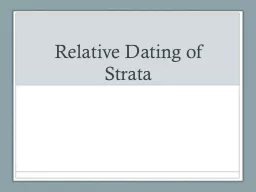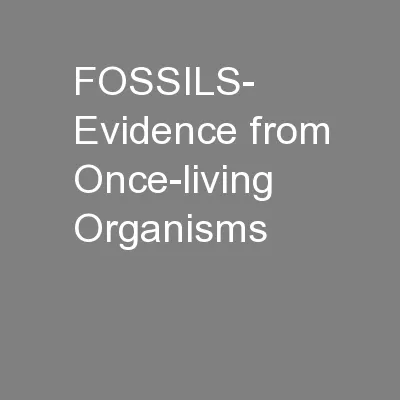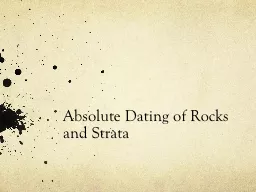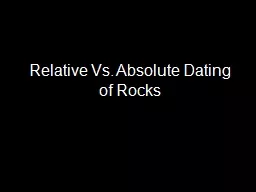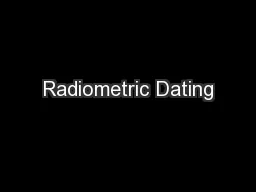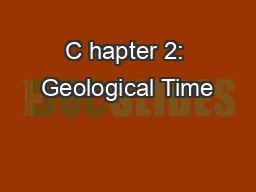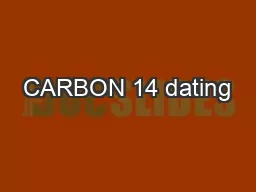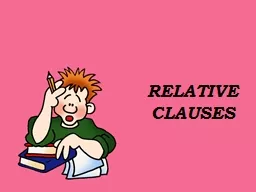PPT-Relative Dating of Strata
Author : pasty-toler | Published Date : 2017-05-25
Relative Dating Determining relative ages of rocks or strata compared to another rock or strata Can say which layer is older and younger but cant say absolute age
Presentation Embed Code
Download Presentation
Download Presentation The PPT/PDF document "Relative Dating of Strata" is the property of its rightful owner. Permission is granted to download and print the materials on this website for personal, non-commercial use only, and to display it on your personal computer provided you do not modify the materials and that you retain all copyright notices contained in the materials. By downloading content from our website, you accept the terms of this agreement.
Relative Dating of Strata: Transcript
Download Rules Of Document
"Relative Dating of Strata"The content belongs to its owner. You may download and print it for personal use, without modification, and keep all copyright notices. By downloading, you agree to these terms.
Related Documents

